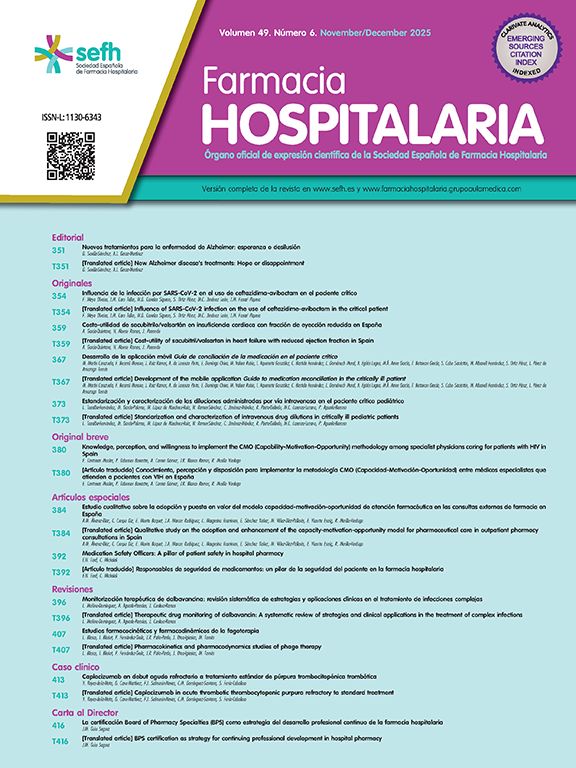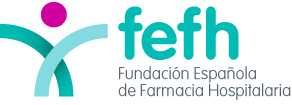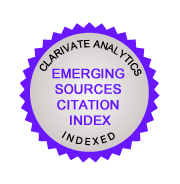Problems with patient safety are not because of bad professionals working in healthcare systems, but because of good professionals working in healthcare systems that need to be made safer.1
Adverse events as consequence of medication errors constitute the first cause of preventable harm within healthcare systems, especially in hospital settings, where they are not only more numerous, but also make up the most frequent cause of morbimortality, and lead to serious consequences for those patients who suffer from them, for the healthcare professionals involved, and for the healthcare organizations where they occur.
Medication errors may cause harmful incidents (adverse events) or incidents without harm, are highly preventable, and lead to serious economic problems for healthcare systems and for public health. The World Health Organization (WHO) estimates that the global cost associated with these errors may reach approximately 42 billion dollars per year, which represents 1% of global healthcare spending.2 According to several epidemiologic studies carried out at both national and international levels, 50% of medication errors would be preventable if safe medication use practices were applied. For all these reasons, the WHO, in 2017, launched its third challenge “Medication without Harm”2 an initiative aimed at reducing preventable harm from medications by 50% within 5 years. To help achieve that goal, it invited member states to develop plans in line with this challenge that focus on four domains:
- •
Implications for patients and the public in general.
- •
Training for healthcare professionals and evaluation of healthcare practices.
- •
Medications as products.
- •
Medication systems and management.
The initiative focuses on three priority areas for action:
- •
High-risk situations, especially those involving high-risk medications, that have a great potential for causing serious harm to patients when errors occur during their use.
- •
Polypharmacy oriented at improving the safety of healthcare in patients with chronic pathologies, or who are elderly, many of whom receive multiple therapies, which increases the risks of drug interactions, mix-ups, or problems with adherence.
- •
Transitions of care as critical moments in healthcare in which communication errors among professionals concerning patient medications or clinical conditions may have serious consequences.
Each of these areas is associated with a high risk of harm to patients and could be reduced by implementing specific safety practices of recognized effectiveness. Among these measures, the following should highlighted: identifying and managing the safety of high-risk medications, reviewing the appropriateness of patient treatment and possible interactions, the use of standardized techniques that serve to improve communication among professionals, the involvement of pharmacy services, the application of information technologies which help to warn of risks and simplify procedures, and the active participation of patients and families in their own safety.
Progress in these three areas requires a clear political strategy for improving medication use, with specific programs and actions led by managers and middle managers of the organization, who support and guide multi-disciplinary work teams, to make the programs and actions viable and successful within the healthcare system, applying rigorous evaluation methods to continuously monitor progress and to promote discussion among those involved in all actions for improvement.
Recognizing that improving and guaranteeing patient safety is a growing challenge for healthcare systems all over the world, the 72nd World Health Assembly of the WHO in 2019 adopted the WHA72.6 resolution for a Global Plan of Action on Patient Safety, which was finally approved at the 74th WHO Assembly in May of 2021.3 This plan considers, as one of its strategic objectives, implementing programs for the safe use of medications within a framework in which, it recommends to governments and healthcare centers: Implementing programs to transform safety in the use of medications, based on the third challenge of the WHO “Medication without harm”.
The plan's priority recommendations for countries, centers, and healthcare services to address the third WHO challenge include:
- •
Improving knowledge and awareness of the safe use of medications by promoting the implementation of safe practices.
- •
Educating and providing tools for patients for they active involvement in the safe use of medications.
- •
Utilizing computer technologies as tools for improving healthcare.
- •
Appointing responsible professionals at various levels to lead the third WHO challenge in their country.
- •
Promoting the reporting of medication errors and adverse events centered around learning.
- •
Evaluating progress in reducing medication errors in healthcare organizations.
The objectives of the Patient Safety Strategy of the National Health System (NHS),4 deployed in all territories, are in alignment with the WHO Plan of Action and include specific recommendations targeted at the domains and priority areas indicated in the WHO's third challenge. Within the framework of the strategy, several recommendations have been published that are oriented toward these priority areas: the safe use of opioids,5 the safe use of oral anticoagulants,6 the safe use of high-risk medications,7 medication reconciliation in primary care,8 and at hospital discharge,9 among others; and, in addition, the WHO's tool “5 Moments for medication safety”10 has been translated and adapted into Spanish, all in collaboration with ISMP-Spain, and with the participation of experts from various scientific societies, health regions, and patients.
Data from the evaluation of the Patient Safety Strategy, published by the NHS in 2021,11 show that, although the safety infrastructure, in terms of risk management units and reporting and learning systems is reasonably implemented in NHS hospitals, the application of recommended clinical practices for the safe use of medications in the 3 areas recommended in the third WHO challenge—polypharmacy in chronic patients, care transitions, and the use of high-risk medications—can be greatly improved.
In this issue, Otero et al.12 present data from a descriptive study on the implementation of medication safety practices in Spanish hospitals using the “Medication use-system safety self-assessment for hospitals. Version II”,13 the results of which were compared with those from the study carried out in 2011 (Version I of the assessment). The authors found a moderate improvement (which did not exceed 20%) for all key elements on the survey with respect to the earlier evaluation, except for “Drug standardization, storage, and distribution” and “Environmental factors and human resources” which was attributed, in part, to the different item content between the 2 versions. All the key elements, except “Communication of drug orders and other drug information” were below 70% with respect to the maximum possible score (100%).
Scores for the items that refer to high-risk medications and medication reconciliation, both priority areas for the third WHO challenge, presented a percentage of implementation mostly below 50%, with some below 30%, as in the restriction of vials and ampoules of concentrated potassium and electrolytes in patient care units and in information to patients about high-risk medications at discharge.
These data coincide with those found in the evaluation of the NHS's Patient Safety Strategy11 and reflect the moderate implementation of safe medication practices in Spanish hospitals, despite the efforts that health administrations and healthcare centers have put forth in the last two decades to improve patient safety.
Among the factors that may have influenced these results and which were commented upon in this article, are found the shortage of human resources and the need to include pharmacists in the medication use process, promote training and competence of healthcare professionals, empower patients and their families to actively participate in medication error prevention, and improve the development and implementation of healthcare information technologies as an aid to clinical decision-making.
The sustainability of quality healthcare and patient safety is a challenge that healthcare organizations must face, paying attention to those factors where the impact on safety is greater.14 These factors include: a safety culture in the organization that promotes non-punitive communication about what was wrong, and positive dialog about how to make changes to improve; support and transparent commitment by the organization's leaders (managers, middle managers, and heads of departments); the creation of multidisciplinary working teams, specifically trained and deeply committed to the implementation of recommended practices, with a sufficient number of professionals available to carry out the required tasks; the adaptation of safe practices to the values and culture of the specific organization, before they are adopted; the provision of a infrastructure and of resources necessary to create safer and more resilient systems; and continuous evaluation in order to facilitate decision-making and learning through improvements stemming from the feedback from professionals.
The currently available data show the urgent need to reinforce the commitment of administrations and healthcare centers, professionals, and scientific societies to address the priority factors that impact key patient safety programs, such as the safe use of medications, to ensure that our NHS may offer higher quality and safer healthcare.
FundingNone.
Conflict of interestThe authors declare that they have no conflicts of interest.





